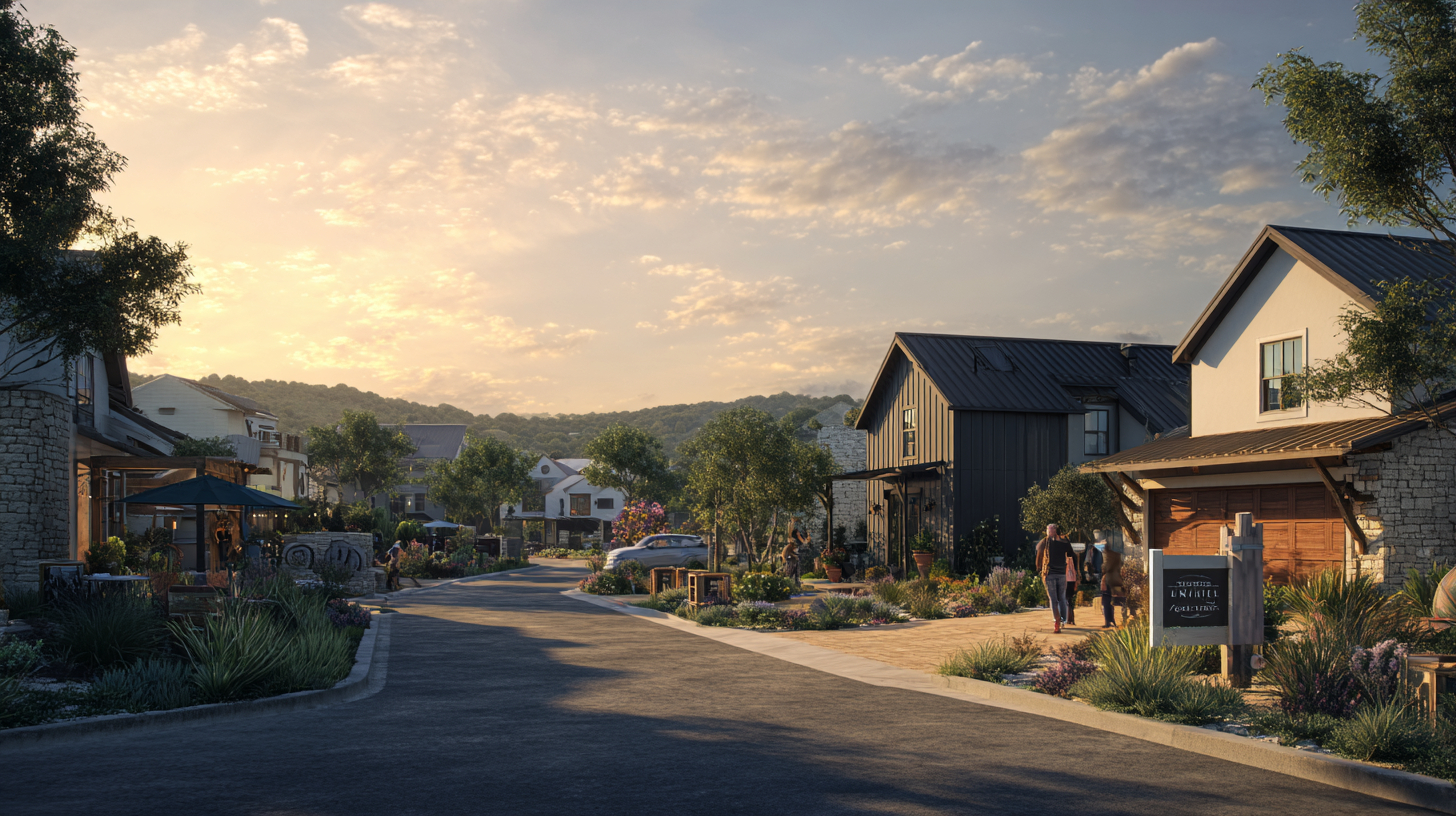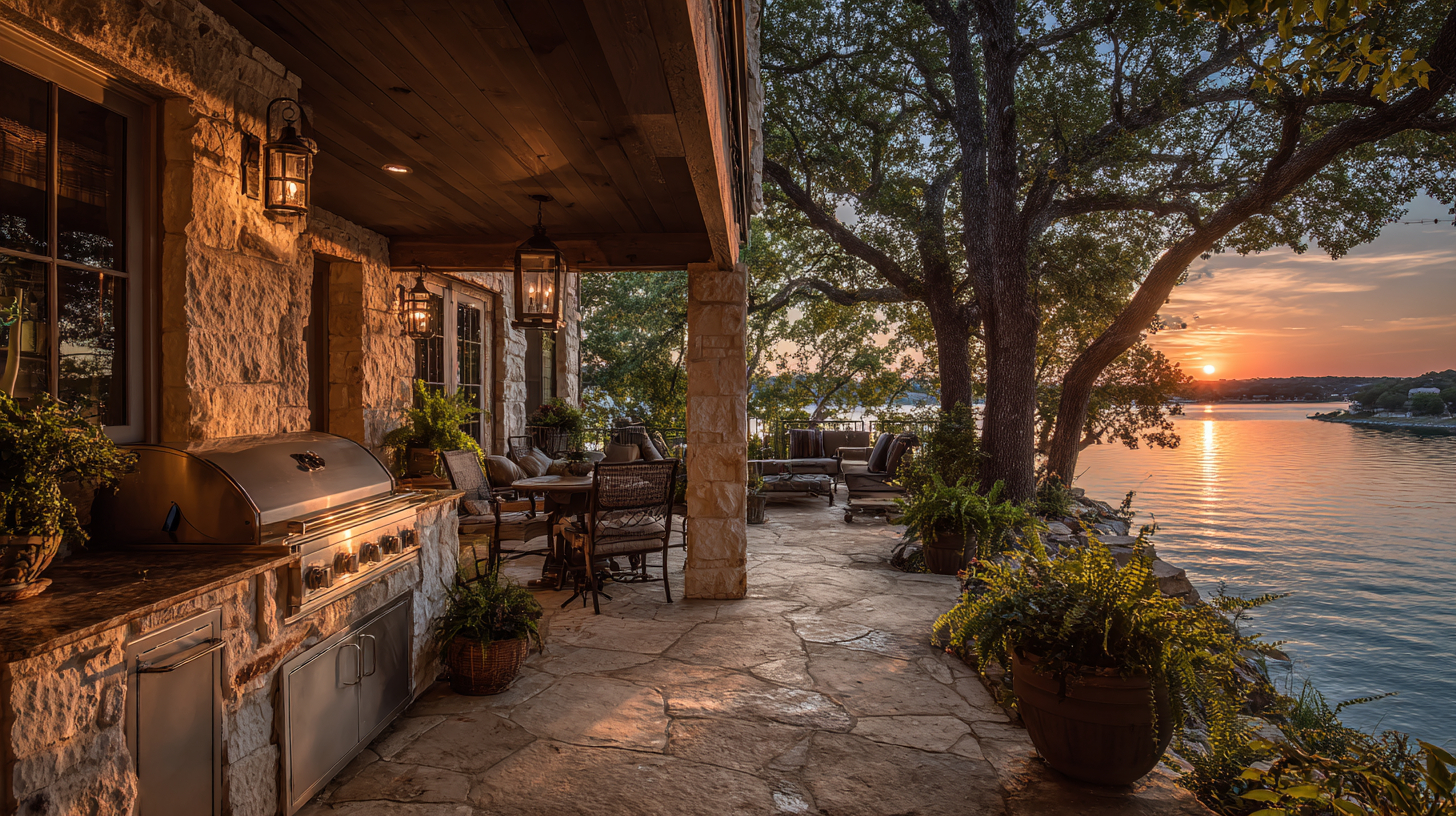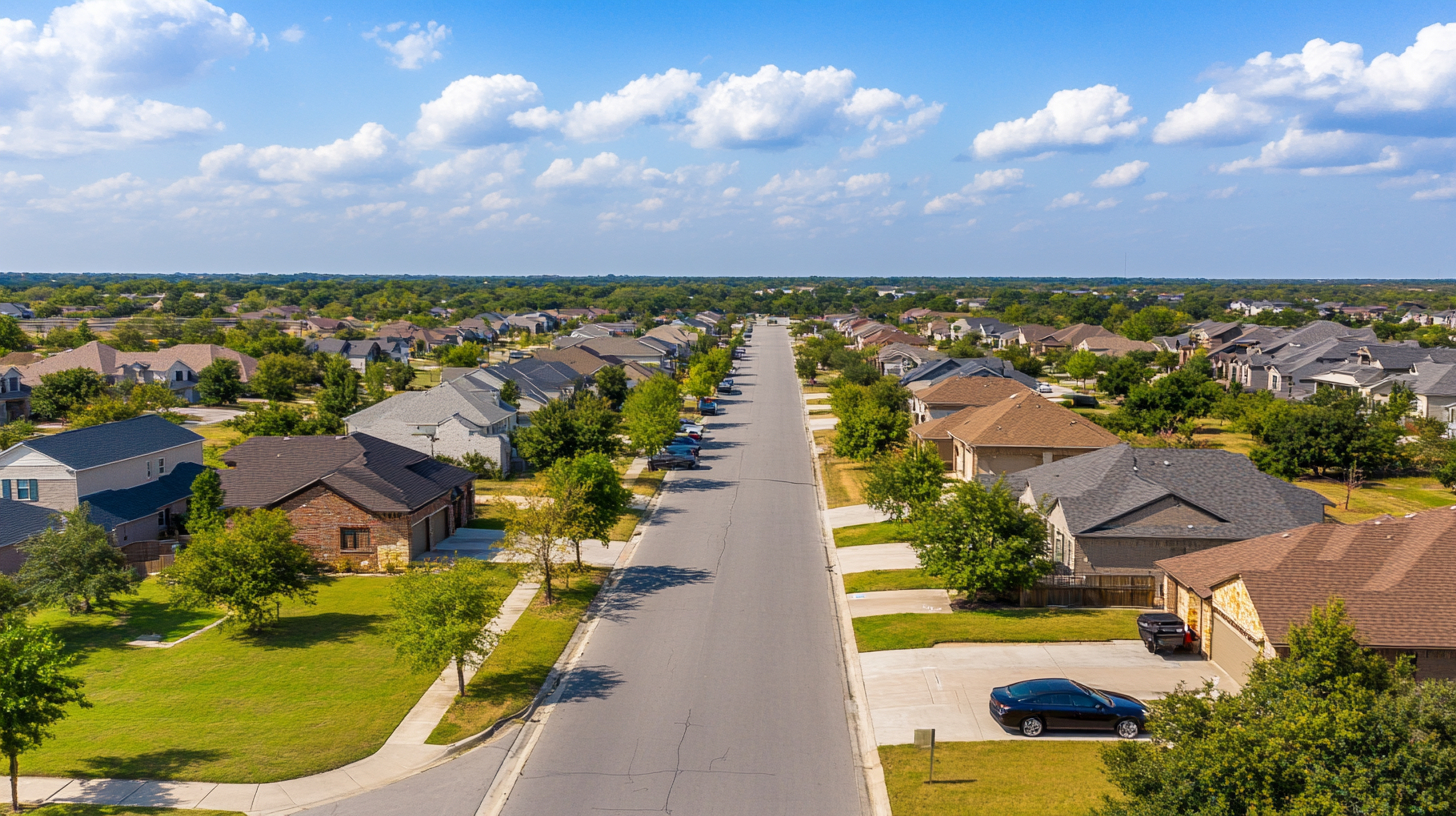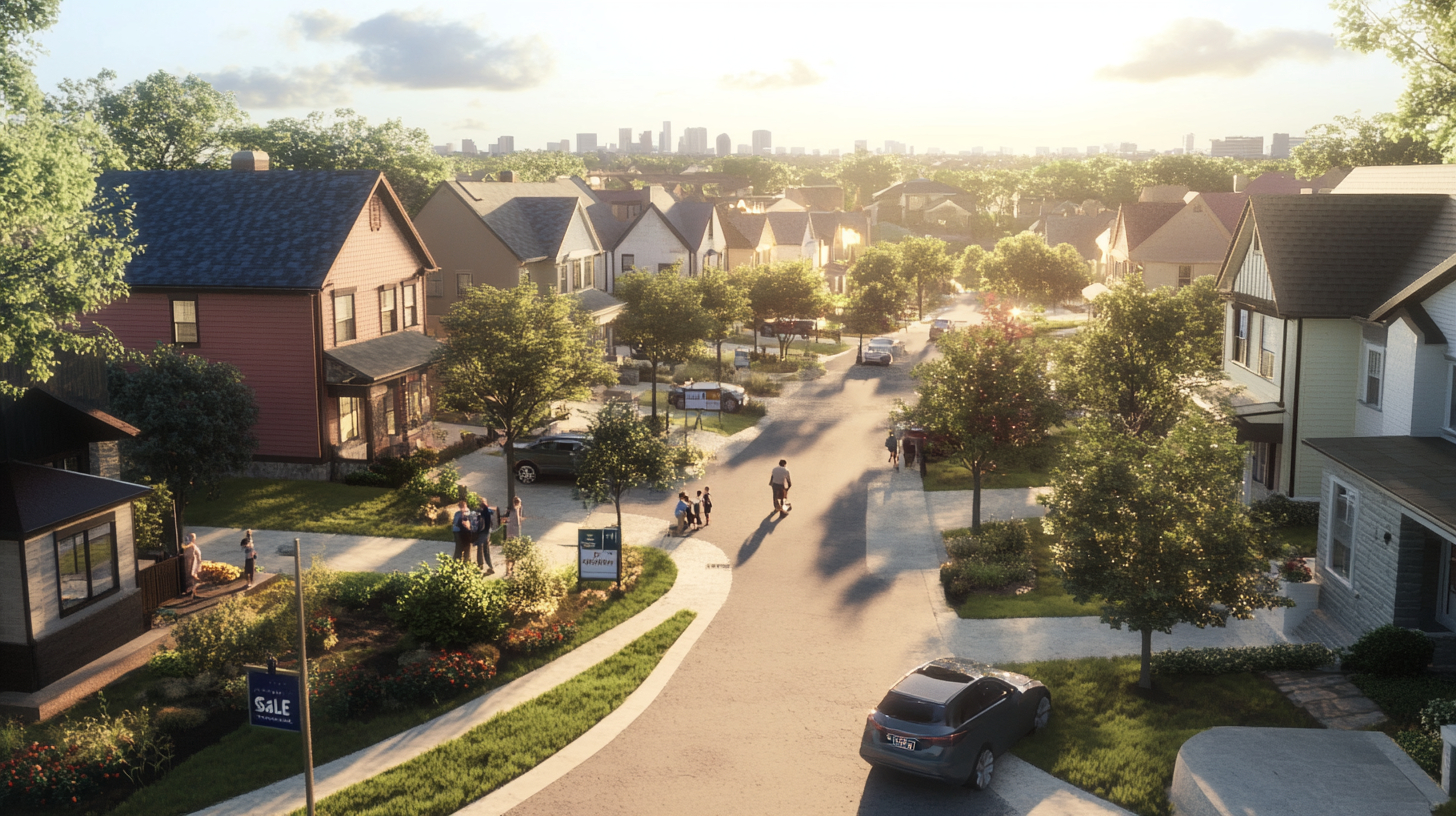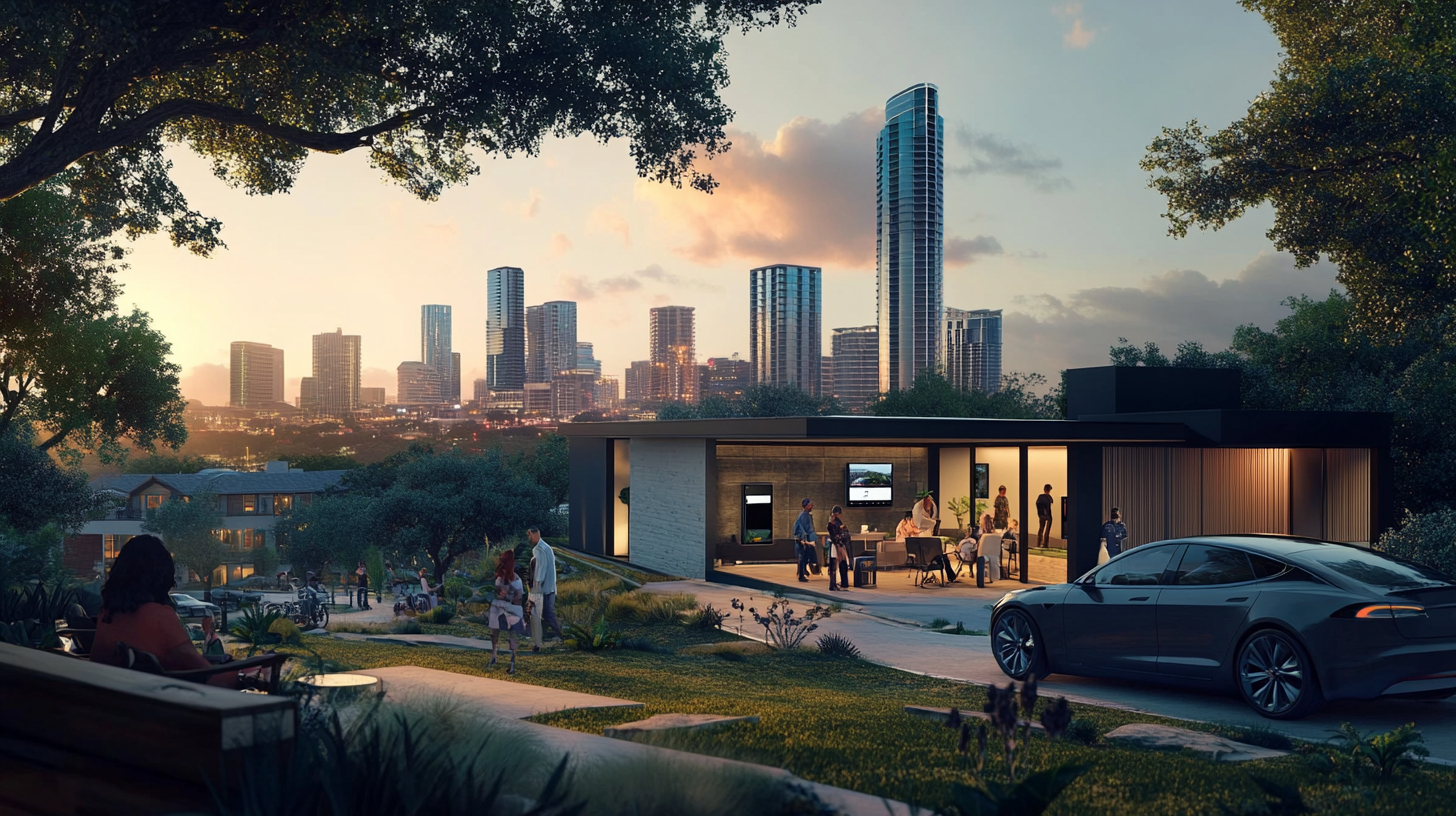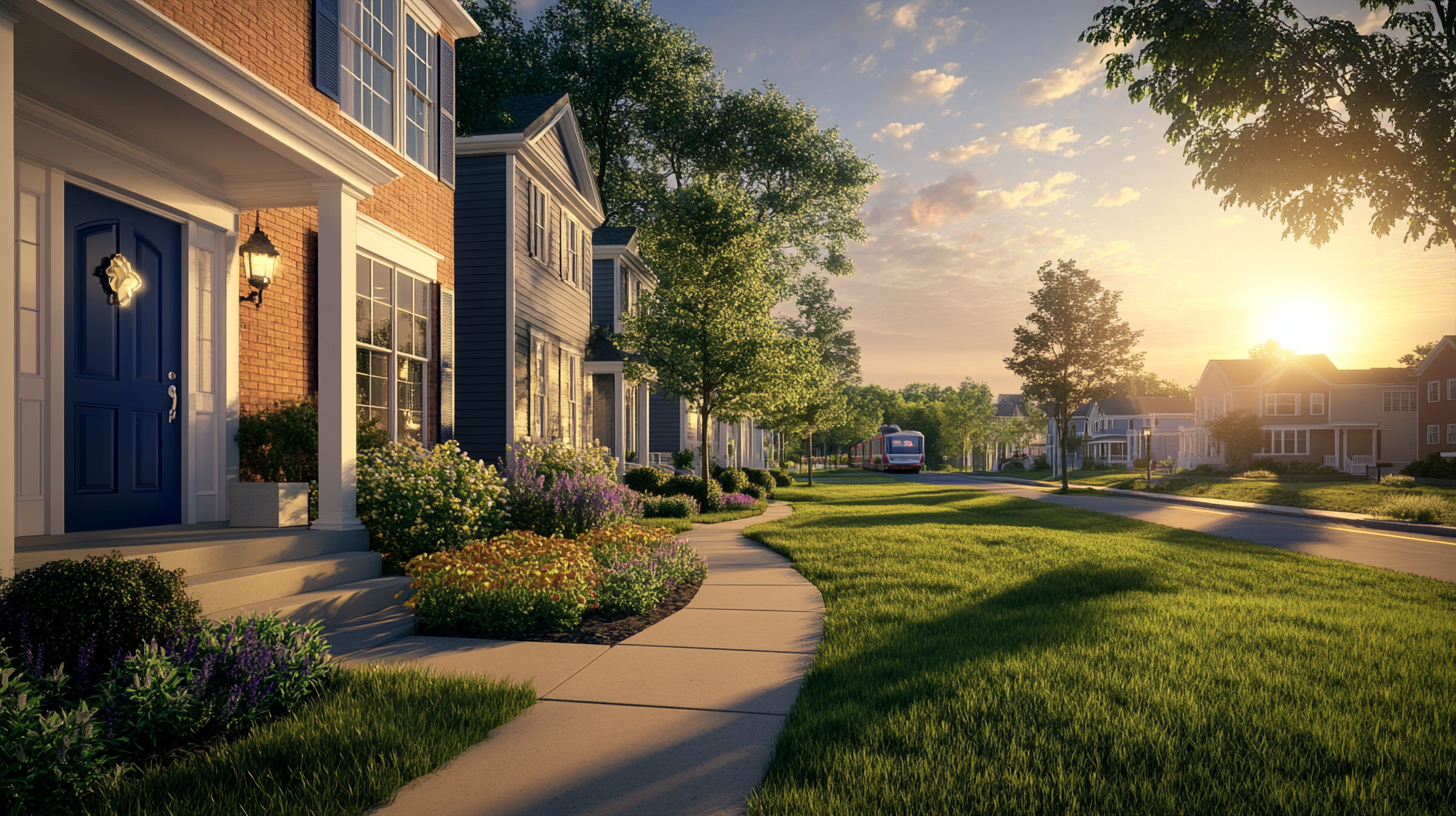Understanding the Local Market Dynamics
You can’t outsmart the calendar if you ignore what’s happening outside your living-room window. So let’s zoom in on Lockhart as we cruise into 2025.
- Price growth has cooled a touch. From 2018-2022, the median home price jumped roughly 9% a year. In 2023 that pace slowed to about 3%. Early 2024 data shows steady, not spiky, gains—think $295,000 creeping to $305,000 instead of sprinting toward $350,000.
- Inventory finally climbed. For years, buyers fought over every listing. Now we’re hovering around three months of supply, which leans neutral instead of seller-dominated. Translation: your place still has value, but bidding wars aren’t automatic.
- Austin’s shadow matters. Lockhart sits an easy commute from Austin’s tech hubs, and remote-friendly jobs mean some folks cash out of the capital city and hunt here. When Austin employers expand hiring—as they’re projected to late 2025—you get fresh demand again.
- Population keeps inching up. Caldwell County’s latest census estimate shows a 1.8% uptick year-over-year. More rooftops, more grocery lines, more pressure on housing. Nothing crazy, but steady.
Bottom line: the market isn’t red-hot or ice-cold. It’s balanced. That balance rewards homeowners who bought at least a few years back and have some equity stashed away.
Weighing the Financial Implications
Numbers first, ego second. Run the figures before posting a For-Sale sign.
- Closing costs and commissions swallow 8% to 10% of the sale price. On a $320,000 home, that’s $25,000-plus. If you’ve only owned the place 18 months and appreciation is minimal, you could walk away with a goose egg—or worse.
- Capital gains rules smile on the two-year mark. Live in the house for 24 of the last 60 months and up to $250,000 of profit (double for many couples) can stay in your pocket, untaxed. Sell at 23 months? The IRS will want its slice.
- Mortgage amortization is sneaky. Early payments are mostly interest. Hang on at least five years and a larger chunk of your monthly check finally whittles down the principal. That chunk equals extra equity you get back at the closing table.
- Property taxes in Texas float near 1.7% of assessed value. As prices rise, so do those bills. If holding for an extra year saves you from a high interest refinance, great. If the taxes eat your budget, maybe it’s time to exit anyway.
- Alternative use: rental income. Lockhart’s long-term rental market averages about $1.15 per square foot. If you can clear the mortgage payment plus taxes and insurance with some room to spare, renting for a year or two can bridge a slow market—then sell later when prices pop.
Work those five bullets into a quick spreadsheet tonight. The results usually make the keep-or-sell choice painfully obvious.
Assessing Personal Circumstances
Now for the messy human stuff. Your life doesn’t always follow a perfect financial timeline.
- Job shift incoming? Austin’s corporate shuffle often sends folks 30 miles the other way. Daily drives down TX-130 may wear you out faster than you expected.
- Household growing or shrinking? Extra bedrooms nobody uses still cost to heat and cool. Flip side: if you’re bursting at the seams, waiting two more years could feel like two decades.
- Interest-rate lock-in effect. Maybe you snagged a 3.1% fixed rate in 2021. Replacing that with 6.5% on your next purchase hurts. Some owners stay put purely to keep that cheap loan. Make peace with that choice or plan to offset the jump elsewhere.
- Headspace matters more than spreadsheets. Some owners simply feel done—done mowing that massive back yard, done repainting trim, done commuting. When the emotional scale tips far enough, numbers alone won’t stop a sale.
- Health or mobility changes. Stairs suddenly look like Everest? A single-story cottage across town might call your name sooner than any financial guru recommends.
Pro tip: write these personal triggers in plain English on a sheet of paper. If three or more light up bright red, your answer is probably sell—regardless of market noise.
Optimal Timing Strategies for Selling in Lockhart
You’ve seen the data and felt the feels. Ready for tactics? Let’s knock out a game plan.
The “Five-Year Rule” in real life
- Build enough equity to pay the closing costs with a cushion
- Ride out short downturns
- Reach a mortgage sweet spot where payments finally chip at principal
Lockhart lines up with that rule nicely. Buy in 2020 at $250k, stick around through 2025 at $310k, and your net gain should cover fees and still leave change. Bail at year two? You’re rolling the dice.
Seasonality: yes, it’s real
Listings popping in March through May earn more eye-balls. Families prefer moving after the school year, daylight lingers, and yards actually look green. By late July buyers fatigue sets in. If you can pick your month, shoot for a mid-spring launch.
Micro-cycle timing
Lockhart pricing often echoes Austin’s six-to-nine-month lag. Monitor Austin’s median sales numbers. When you spot two straight quarters of upward momentum across the county line, your window is likely opening.
Equity checkpoints
Not into waiting five full years? Use 20% equity as a checkpoint. Hit that mark early—maybe thanks to a big down payment—and you’re free to sell without private mortgage insurance penalty or thin profit margins.
Local add-ons
Genuine barbecue festivals, new solar farms, or fresh industrial employers can spike short-term demand. Keep an ear to city-council chatter. One new project can stack extra offers on your doorstep.
Quick Reference: Hold or Fold Cheat Sheet
- Hold tight if:
- You’ve owned less than two years
- Appreciation sits under 5% since purchase
- Loan rate beats current market by 2% or more
- Life still fits the space
- Fold now if:
- Equity tops 25% and lifestyle feels cramped
- You dread the next property-tax bill
- A move would slice your commute or improve quality of life
- Market comparables hint at a price peak
Real Stories From The Street
Amanda bought her first Lockhart bungalow in 2019 for $210,000. By summer 2022, Zillow zestimates hit $280,000 and she almost pulled the trigger. Her accountant waved the two-year rule flag—so she sat tight until spring 2023, spruced up the porch for $2,700, and closed at $302,000. Skipping that premature sale kept about $16,000 in her pocket once taxes and fees shook out.
Jorge and Mia grabbed a new construction on the north side in late 2021. Work-from-home stuck, but infant twins did not respect office Zoom calls. They needed an extra bedroom yesterday. Equity? Maybe 10%. They listed anyway, netted just enough to settle up costs, and rolled forward. “Worth every penny,” Jorge told me, “because we regained our sanity.” There it is—the human factor outranking raw percentages.
Mistakes To Dodge
- Using national headlines as gospel The Wall Street Journal can’t see your specific street. Check Caldwell County stats, not just national flash alerts.
- Going FSBO without a pricing plan Sure, you keep commission, but mispricing the place by ten grand in either direction cancels the benefit.
- Ignoring prep work A pressure-washed driveway and fresh mulch add instant perceived value. Skipping that weekend of sweat can shave thousands off offers.
- Forgetting payoff penalties Some lenders tack on early-payoff fees for certain loan types. Call and ask before you sign a listing agreement.
- Over-renovating last minute A fancy $25,000 kitchen redo rarely yields $25,000 extra in sales price within six months. Small cosmetic touches win here.
Action Steps You Can Start Tonight
- Pull your loan balance, current interest rate, and remaining term
- Hop onto a reliable home-value estimator and snag a ballpark figure
- Subtract likely selling costs
- Check your tenure: living there 24 months yet?
- Write down three lifestyle pros and three cons of staying put
- Sleep on it then read the list with fresh coffee in the morning
If the numbers lean positive and the cons scream louder than the pros, it’s time to chat with a local agent about listing windows. If not, enjoy another sunset on that porch swing and revisit the question next quarter.
Ready To Make A Move?
You came for one answer: how long should you own a home before selling Lockhart. The no-fluff reply lands between two and five years for most folks, with five being the safer bet once commissions, taxes, and emotional bandwidth line up.
Lockhart’s balanced 2025 market means patient owners can still snag a tidy gain while short-term sellers aren’t doomed—provided their personal calculus makes sense.
Your playbook now:
- Crunch the equity math.
- Factor in the two-year tax line.
- Weigh lifestyle friction.
- Time the season and local cycle.
Then act. The perfect moment is rarely announced with parade confetti. Decide, list, sell, or stay. Either way, you’ll move forward with eyes open—and that beats guessing any day of the week.



